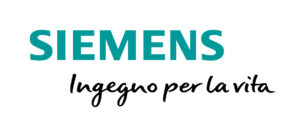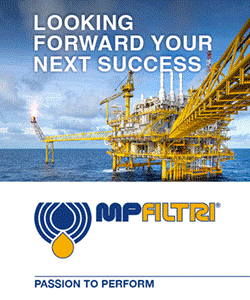Behind the scenes of Low-Cost Technology Tecnometal’s SEMI-FLEXTM PCB
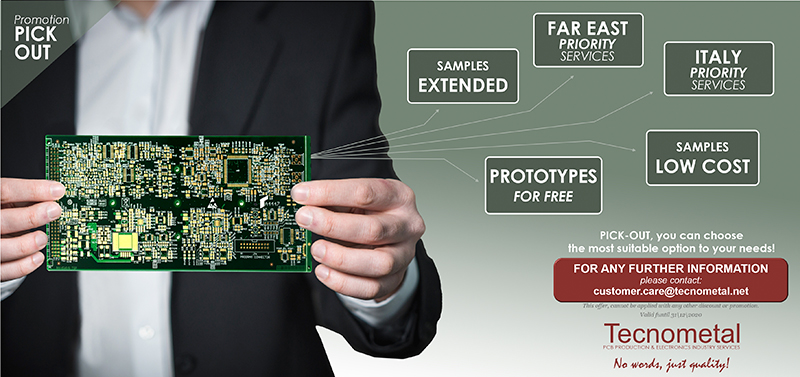
Flexible and rigid-flex PCB (PRINTED CIRCUIT BOARD) were originally used in military industry, as they required durable, reliable 3D PCB. Now they are used in devices that which all of us use daily: from smart phones to computers, even wearable technology requires flexible PCB.
Flex PCB need to be durable, tiny, and conform to a many of shapes and movements. They are used in cars, trains, airplanes, satellites, and so on. NASA’s Mars Rover has flexible PCB within it.
Flexible PCB can be divided in two different applications:
-“bend to install” where the PCB is bend and put into their playing case
-“dynamic applications” where the PCB are continuously in motion.
The advantages of flexible PCB are many due basically to the mechanical, thermal, electronic property of standard base material: The Polyimide. Moreover, this long-life technology is not yet so widely diffused in many electronic applications, mainly cause to the high cost of base material (Polyimide).
Starting from this consideration and with the aim to make accessible this technology to a wider audience that Tecnometal (historical Italian PCB’s Manufacturer) has fine-tuned more than 5 years ago a technology called SEMI-FLEXTM able to reduce the high cost problem of traditional Rigid Flex PCB technology and to put in conditions many electronic engineers to find a cheap solution for their project avoiding high cost of rigid flex in Polyimide or complex technical solution with flat, cable, connectors, and other device to connect a PCB with another.
Strength points of SEMI-FLEXTM solution? The main advantages with this technology are:
•interconnection integrated between multiple PCBs
•reduction of time of soldering process
•reduction of cabling and external connection, arising too
•better signal integrity
•total cost
Flex technology eliminates several steps of the production
SEMI-FLEXTM PCB Solution at glance
This technology studied by TECNOMETAL’s Engineers in order to achieve a low-cost technology in flexible applications. It is suitable only for static application, it replaces the traditional rigid-flex PCB with a cheaper non-dynamic application. In many applications the flexible areas are bended only a few times during assembly during assembling handling then in many cases it is not necessary to use a base material with high flexibility performances such as Polyimide.
Why SEMI-FLEXTM is a “low-cost solution”?
SEMI-FLEXTM base material is made with the same base material used in the manufacturing of standard rigid PCBs, typically an FR-4, but with a difference in the process of copper plating process. Instead of being electro-deposited, it is laminated and this feature makes it extensible. SEMI-FLEXTM PCB, as told, has some restrictions such as: limited bending cycles – limit of the radius angle at 3 mm and tracks (conductors) must greater than 300 μm.
Other SEMI-FLEXTM advantages
With the increase of miniaturizing and performances in all electronic applications, the Electronics Industry looks for alternatives to high cost flex technology based on Polyimide. A growing number of projects that use Polyimide for the flexible part, don’t really need dynamic performance.
In some cases, the trend to absorb the moisture of the Polyimide could be a problem, that require further processes to stabilize before assembly and welding.
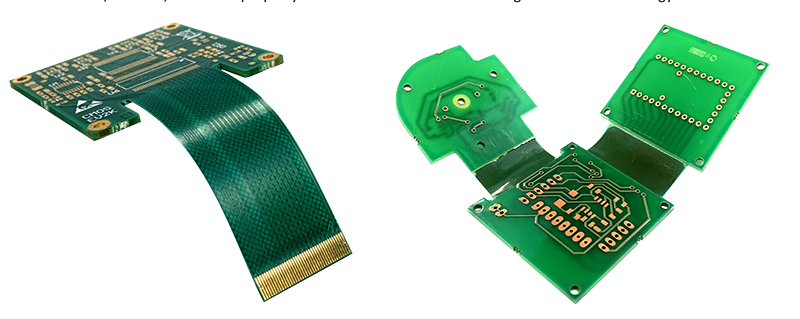
The benefits and advantages of SEMI-FLEXTM are definitely interesting:
-Quality, repeatability and stability of interconnections without terminals, connectors or cables
-Perfect testability
-Better signal integrity;
-Ideal for multiple connections in limited spaces;
-Low cost materials and processes;
-PCB (from single-sided to multi-layer)
-Compatible with conventional assembly processes.
Tecnometal run this this technology from long-time, achieving Customer’s homologations and passed many tests as vibration, life-time, thermals, and others.
This technology has already been widely used in Automotive, Medical, consumer and other application fields.
Starting from an FR-4 substrate an additional advantage is given by the being able to manufacture any type of PCB in different layers up to Multilayers configurations and thank to base material used is already UL compliant.
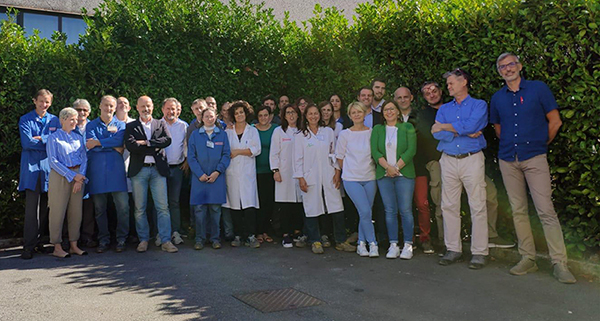
FOR FURTHER INFORMATION PLEASE CONTACT:
E-mail: customer.care@tecnometal.net

